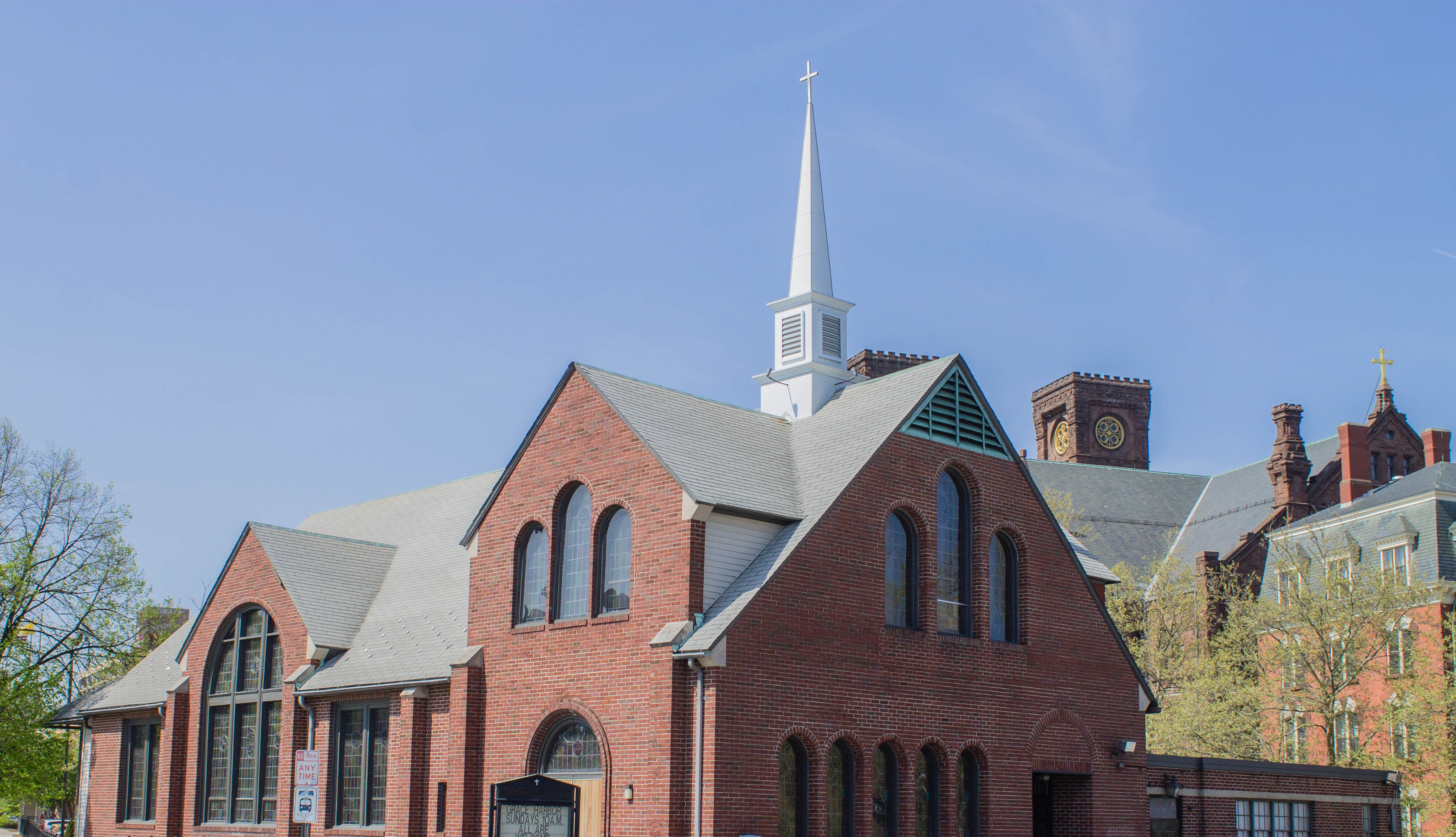This week we will take a look at the health of the Church and its ability to take a strong stand against the secular powers that try to come against it from every direction. One way we could assess the health and vitality of the Church in our society is to examine what Americans do related to their faith, recognizing that about eight in ten claim to be Christians. [Barna Group, “OmniPoll 1-14″]. It can be looked at from two different angles: where things stand today and how have things changed over the past decade. [Barna Group survey of adults,”OmniPoll 1-04” and “OmniPoll 1-14”]. Most of the Christian churches in the United States track certain measures of the spiritual health of the congregation. Barna Group studies among Protestant pastors found that the five measures used by most churches are worship service attendance, dollars donated, number of programs offered, number of staff people hired, and square footage of the facilities available for ministry use. It becomes clear why America has become obsessed with growing ‘megachurches’. In the type of ministry that results from satisfying these criteria, quantity is more important than quality in ministry. Importantly enough, though, is that these standards do not reflect the reason God sent Jesus to earth. Yes, these are measurable behaviors, but the outcomes they provide are not very meaningful. But Jesus did not die to fulfill any of these measures. If He had, these would be perfect measures of the ‘success’ of a church. Because that was not His mission, we must evaluate other kinds of behaviors and beliefs.
But first we must look at some of the most frequently studied religious activities. Church attendance has declined from 43% to 36% in the past decade. [Ibid]. Bible reading undertaken other than when a person is at a church event has dropped even more, from 44% to 33%. [Ibid]. Given the slide in church attendance, it is unfortunate but not surprising to discover that the proportion of adults who are ‘unchurched’ …that is, who have not attended a church service or event in the past six months other than a special event…has climbed from 34% to 47% in ten years. [George Barna and David Kinnaman, gen.eds., Churchless (Carol Stream, IL:Tyndale, 2014)]. Notice that the unchurched figure is now dangerously close to the 50% mark…indicating that half of American adults avoid church life. Some of the peripheral religious activities have fared no better. Both adult Sunday school attendance and small-group participation have been halved in the past ten years. Only one in ten adults can be found in a Sunday school setting, down from 21% in 2004. Just 9% of adults are presently active in a small group, compared to 20% ten years ago. [Barna group, “OmniPoll 1-14” and “OmniPoll 1-04”]. Praying has dropped noticeably from 83% in 2004 to 78% now. Not a huge reduction but certainly a move in the wrong direction. If you can tell where a person’s heart is by the way they spend money, then the church is in trouble in this arena also. In 2004 64% of adults contributed money to the church during the prior year. In 2014 that statistic fell to 45%…less than half of the adult public. In 2003 the median annual household giving to churches was $1,362 (in 2013 dollars). In 2013 it had risen by just $24 to $1,386…an increase of less than 2% after a decade. The typical household that does donate to the church gives less than 3% of its annual income to churches and other religious causes. [Barna Group, “OmniPoll 1-03″, national survey of 1,010 adults eighteen or older, conducted January 2003; and Barna Group ,”OmniPoll 1-13 OL-PH”, national survey of 2,083 adults eighteen or older, conducted January 2013]. One other religious behavior that has been tracked for years is what is labeled as “active faith”…a combination of attending a church service, reading the Bible, and praying to God all in the same week. It was found that the proportion of adults who engage in all three of these efforts every week remained stable since 2004. This would indicate that there is a segment of roughly one out of every four Americans who are deeply committed to a religious routine that includes all three endeavors…and this is in spite of how the culture around them is changing and people’s religious life is being redefined. [Barna Group, “OmniPoll 1-14” and “OmniPoll 1-04”].
What effect does this information have on the country in which we live? To quote from a book by John MacArthur, “The ideal human government can ultimately do nothing to advance God’s Kingdom, and the worst, most despotic worldly government in the end cannot halt the power of the Holy Spirit or the spread of God’s Word”. [MacArthur, Why Government Cannot Save You, pg.7]. But government can so hinder the spread of the Word of God that millions are born, live, and die without ever hearing of Jesus Christ. Such is the case with North Korea; just the opposite of South Korea. Governments do make a difference to the work of God’s Kingdom. Good governments help people to live a peaceful and Godly life, and bad governments hinder that. Do we as Christians want to leave the nature of our government up to a secular world for its ‘character’? Hence, our churches must be active in its message to the congregations concerning the nature and character of our government and its positive or negative impact on the will of God. To do otherwise is to disregard our obligations to the Kingdom.
Next week we will look at the religious beliefs of Americans; another measure of church health.
– Bob Munsey
